Natural hair dyes: types and uses
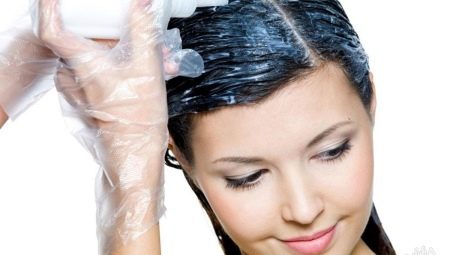
In caring for the health of their hair, modern women try to resort to different means. One of them is dyeing curls with natural paint. In this article, we will dwell on the nuances of such dyes, outline their advantages and disadvantages, and also get acquainted with the key rules for their selection.
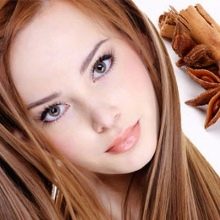

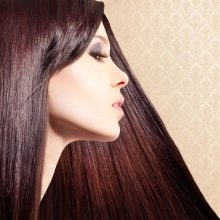
Peculiarities
Natural hair dyes are an alternative to chemical dyes. In contrast, these products do not harm either the scalp or the structure of the hair itself. In fact, these are natural plant dyes, which, in addition to the coloring effect, have a healing effect and are paints with a therapeutic and prophylactic focus. They can have antibacterial effects and include a vitamin complex.
One of their features is the fact that with them it is more difficult to find the desired shade of the painted color.
Compared to their chemical counterparts, they are not as durable and are washed off with every shampooing. On average, their effect is enough for 2-3 weeks. Moreover, with each wash, the color will fade.
The principle of action of such paints is different from the usual one: the pigment envelops the hair without penetrating inside and without destroying its structure. In addition, these paints have other features, for example:
- they need to dye hair of a natural color;
- they are not suitable for dyeing curls after a perm;
- after such staining, chemistry is strictly prohibited;
- in order to prolong the intensity of the color, care for the colored curls requires special;
- painting should be done exclusively on washed hair;
- it will take a long time to rinse the strands at the end of the painting;
- some types of paint are affected by the environment (for example, sea water changes color).
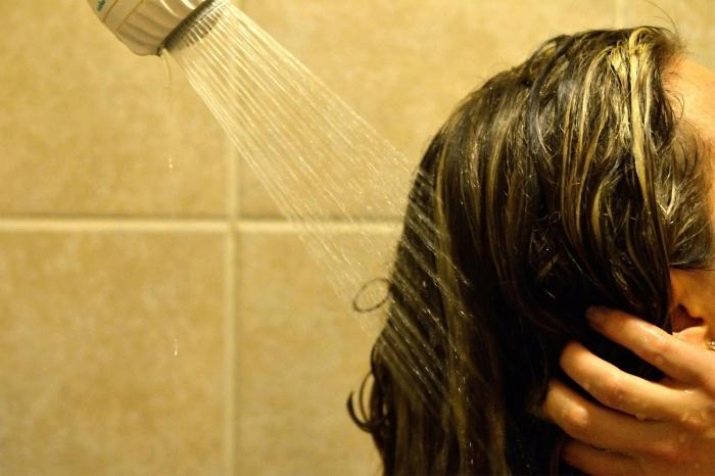
Advantages and disadvantages
Natural hair dyes have many advantages.
- They do not contain harmful chemicals that dry out the hair, making it porous and prone to brittleness.
- In most cases, these dyes do not irritate the skin, and therefore are suitable for allergy sufferers.
- Such products are distinguished by their naturalness and beauty of shades. They can refresh the natural hair color, making your look fresher and brighter.
- Both women and men can use such funds, and the age group can be very different.
- In addition to healing and strengthening, natural hair dyes can prevent hair loss. They not only fight against it, but are also able to affect the thickness of the hair, making it larger.
- Such pigments perfectly paint over gray hair, which is especially important for those who are faced with early gray hair due to frequent stressful situations.
- The dye recipe can be different, since it is prepared at home.
- Several types of dyes can be combined to obtain the desired shade.

It is worth noting the disadvantages of natural paints.
- Often, staining with them is not the most convenient. Some formulations are unpleasant to apply or have a specific odor.
- Other types of dyes are difficult to rinse off and take a long time.
- These paints have a small color palette. At the same time, there are no currently popular creative shades in it (for example, purple, pink, blue-green).
- These dyes are intended for complete coloring of hair. It is almost useless to do partial coloring with them.
- To keep your hair looking fresh and rich, you will have to paint it regularly.
Views
Herbal hair dyes can be very diverse. These can be flowers of plants, their bulbs, or even leaves. Consider the best options demanded by modern women who care about the health of their hair.
Basma
The pigment is obtained from the indigofer plant, it has a blackish tint and is suitable for dyeing dark hair. The paint removes dandruff, gives the strands smoothness, restores strength and beautiful shine. If desired, using this pigment, you can get a light brown shade, in a darker version, blue-black is also possible. However, you should not use basma alone: this can make your hair dirty greenish or dull blue.
To achieve a beautiful shade, basma must be mixed with henna.
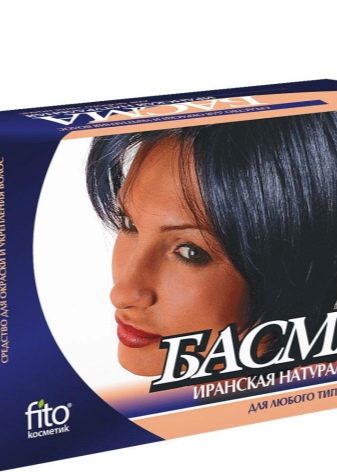
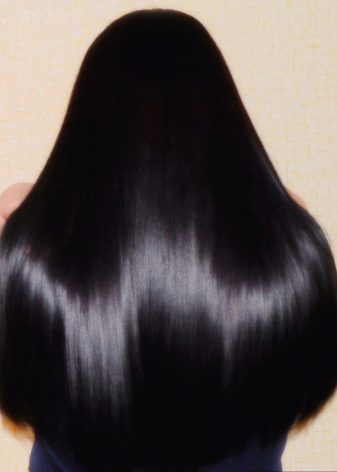
Henna
This paint is obtained by processing the leaves of Lawsonia. It can be used both alone and in combination with basma, varying the ratio of the components to obtain the desired tone. This is a healing and strengthening hair dye that makes hair elastic and silky.
In addition, it helps to stimulate the growth of each hair. On average, the shade of the strands turns out to be reddish-copper.
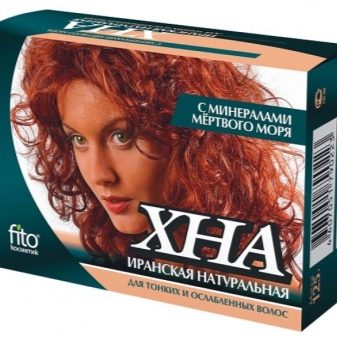
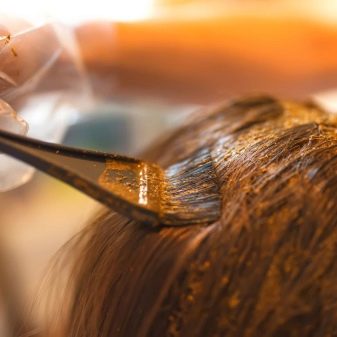
Cinnamon
This dye is used for light hair. In addition to a pleasant smell and color, it has a tonic and antiseptic effect. Useful hair masks are often made from cinnamon, this helps to accelerate hair growth. The strands acquire a beautiful shine, while the painting can have overflows of tones. In its pure form, the paint gives a light brownish color to the strands, in addition, with its help, you can get a golden tone of curls.

chamomile
Such raw materials for hair dyeing are used when you need to lighten strands. Chamomile is great for those with blonde hair. She cannot change the color of brunettes, and the tone of blondes will change slightly. But the chamomile itself will strengthen the strands, relieve the head from itching and flaking. For fair-haired girls, this plant will give the appearance of strands that have burnt out in the sun.
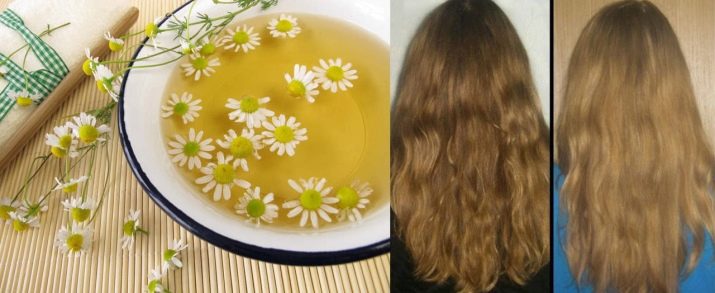
Rhubarb
In this case, the roots of the plant are used to dye the hair. It is suitable for light hair, gives it an ashy or light brown shade.When used as a decoction, a copper tint can be achieved. Rhubarb is suitable for painting gray hair, and wine is often added to the broth to enhance the effect.
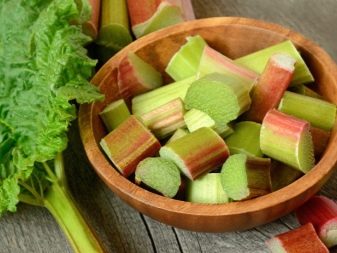
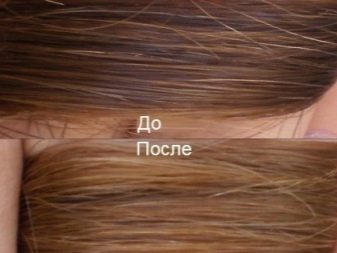
Coffee
This dye is used to obtain the chocolate tone of the strands. This is an option for dark hair, although you can dye brown hair with a drink if you add a little henna to it. This will produce a nice chestnut tone. This dye is good for accelerating hair growth, it strengthens them, but it needs regular adjustments. Often, with such a coloring, coffee is also used as a scrub for the scalp.
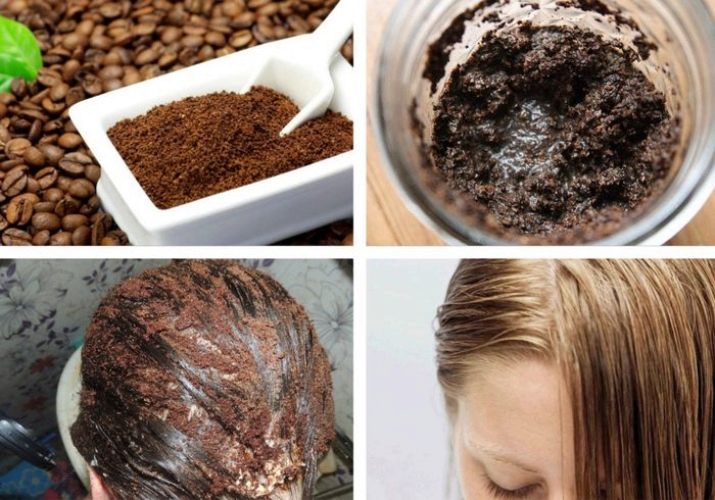
Lemon
With the help of lemon, they lighten the hair, however, in order for the effect to be noticeable, you will have to perform not one, but several procedures with a small interval between them. The use of such a paint allows you to strengthen the strands, cleanse the scalp, and return a healthy, vital radiance to the curls.
The disadvantage of this coloring is the fact that it cannot be done on dry hair.
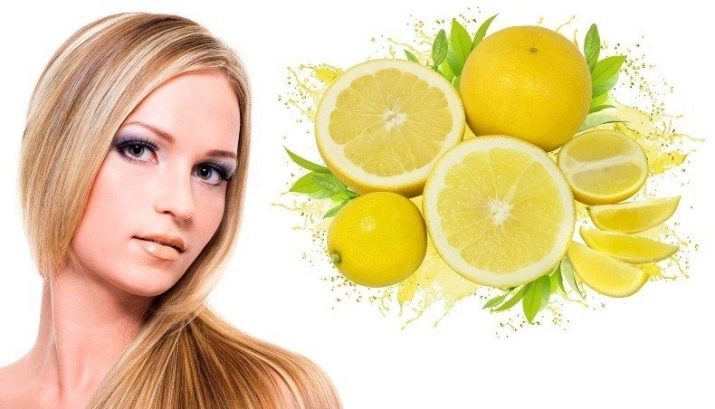
Other dyes
In addition to the above natural dyes, can be used for hair dyeing linden, hops, sage, walnuts and onion skins. Moreover, each type of raw material will have its own effect. For example, hops are good for blonde hair, it makes them golden. Sage gives the strands a reddish brown tone. Walnut is often added to other paints in order to obtain a darker color. The husk is effective when you want a little gilding in your hair.
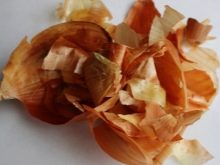
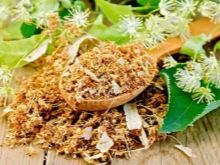
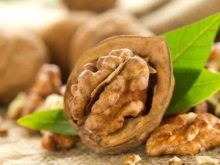
How to choose?
The choice of this or that paint depends on the desired effect, as well as the shade of your hair. It is useless to try to dye dark hair with pigments that are not designed for this. Of course, you can achieve a healing effect, but you may not get a change in the color of the strands. In addition, the type of pigment should be selected based on its durability and frequency of use.
For example, henna has a cumulative effect. With each application, you can achieve greater intensity and durability of the painting. There are several nuances of choice:
- henna lasts up to 4 weeks, but it is very difficult to wash it off after painting;
- basma, like henna, cannot be used after perming hair;
- to dye gray hair, you can use rhubarb or cocoa powder, as well as a mixture of rosemary and sage;
- it is better to mask the gray hair of chestnut strands with paint with a reddish or chocolate tint;
- select the tone of the paint is preferable to close to natural;
- you can buy "dyes" in pharmacies, choosing herbal products;
- when buying a dye, you need to pay attention to the expiration date;
- when buying henna or basma, you should give preference to Indian products.
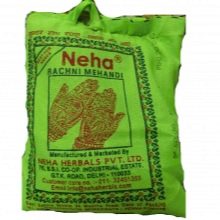
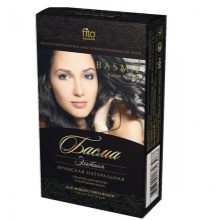
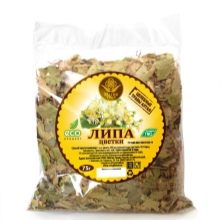
How to do it at home?
Depending on which paint is chosen, it is prepared in different ways. For example, it could be:
- broth;
- infusion;
- stirring with water;
- preparation of the mixture.
Other ingredients insist on vodka for several days. The preparation will also depend on the desired shade. For example, if you need to get a reddish tint, you can pour boiling water on the onion peel, leave for 2 hours and rinse the strands with infusion after washing. When you want your blond hairstyle to shine in a chestnut tone, brew walnut leaves, let them brew for several hours. After that, the strands are washed with the resulting infusion.
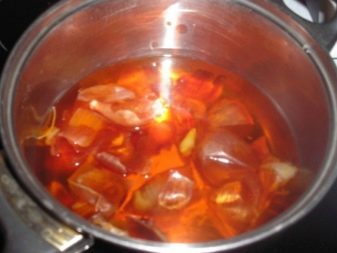
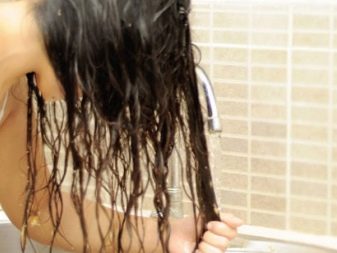
The wheat tone, which can be obtained on blond hair by rinsing the hair with chamomile broth, also looks beautiful. When an ashy color is needed, rhubarb is brewed and infused for about two hours. After it is applied to the hair and kept on the head for a couple of hours, covering it with a towel. You can make paints according to different recipes. By mixing henna and basma in proportions 2: 1 and keeping it on the head for 20 minutes, you can change the hair tone from white to pale red.

To make the blonde's hair acquire a golden hue, you can pour half a spoonful of sage with half a liter of boiling water. The broth is simmered for 20 minutes, cooled and applied to dry strands.By mixing calendula, chamomile and lemon in equal proportions, pouring boiling water over them and cooling it down, adding a couple of tablespoons of apple cider vinegar, you can lighten the hair of blondes.
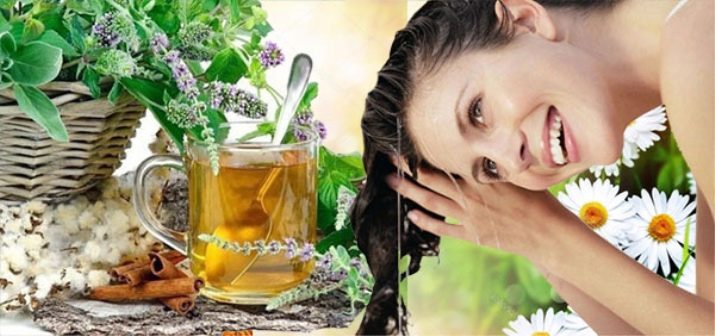
How to apply?
The use of natural paint depends on its type, the desired tone, effect and formulation of the composition itself. For example, in one case it will be rinsing, in another - a mask, in the third - a compress, in the fourth - a technique reminiscent of traditional hair coloring. If it is henna or basma, painting will be done according to the standard scheme.
When dyeing with coffee, the hair is soaked in a drink, a bag is put on the head, and then a bath towel. You can do this procedure several times with an interval of every other day. If a composition with the addition of oil is used for painting, it must be washed off. Honey dyeing is performed on clean hair, rubbing it with massage movements. Moreover, such staining can be performed at night.

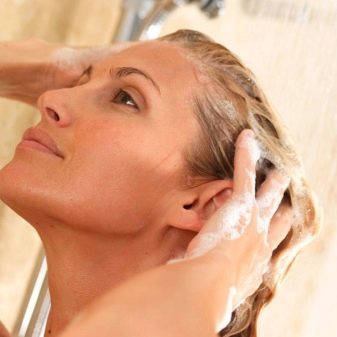
Hair care
Care after painting will consist in the use of shampoos with a gentle effect, the use of special masks. After painting, you cannot wash your hair with too hot water: this removes the shade very quickly. In addition, hot water weakens roots and hair loss. Hair must be protected from the sun, it must be combed frequently, combing and the use of aggressive fixing agents are undesirable.
How to make natural hair dye with oils, see below.









Good ideas, but when the hair is gray, dye is needed. My hairdresser uses Fuente organic coloring. The paint does not smell and does not spoil the hair.